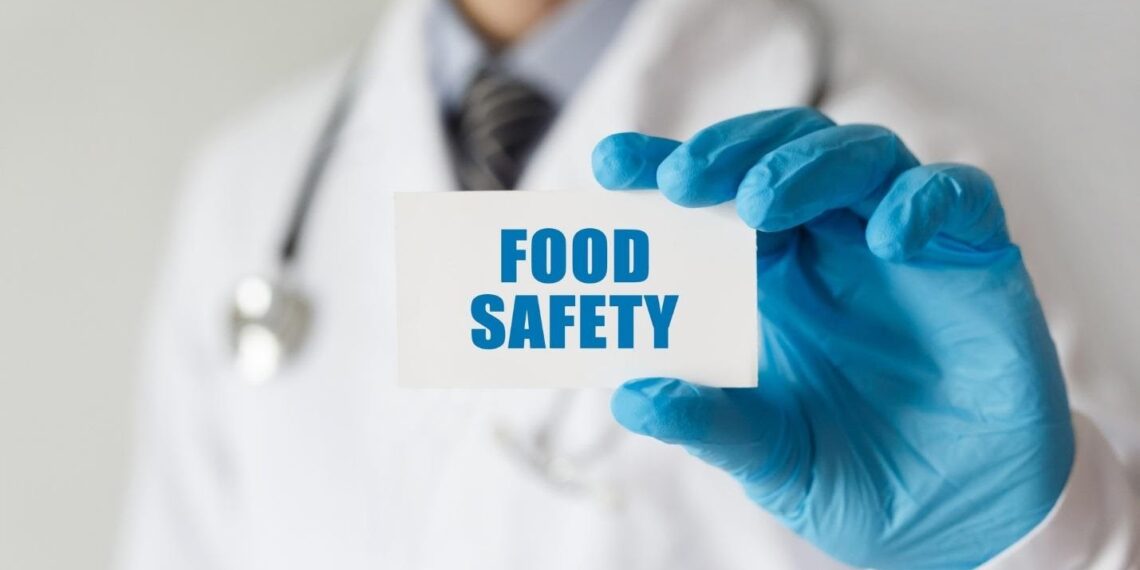For those with a passion for cooking, hosting, or both, there’s no better career option than becoming a restaurateur. You’re given full control over everything from the menu to the decor and can share your love of food with your customers on a daily basis!
That said, preparing and serving food to others comes with an enormous amount of responsibility. And in order to ensure that your restaurant stays in food critics’ good graces and your customers are kept safe, there are a few food safety tips that must be at the top of your list of priorities.
Kitchen safety can feel a little overwhelming but don’t worry, we’ve got you covered! Read on to learn a few tips that will ensure all the food that leaves your kitchen is safe to eat.
Keep Your Kitchen Clean
The most important step you can take in creating a strong food safety plan is to ensure that your kitchen is clean. First, wash hands and surfaces often to prevent the build-up of bacteria.
Also, wash all dishes and utensils with hot, soapy water between preparing each food item, rinse all fruits and vegetables before chopping or eating, and clean lids of canned goods before opening.
Avoid Cross-Contamination
Cross-contamination is when bacteria from one food product migrate to another. This is a serious kitchen hazard and essential to include in your food safety strategy. If it occurs, it can cause severe illness.
Luckily, preventing cross-contamination is easy. Keep raw meat, eggs, and seafood separate from other foods in your shopping bags and refrigerator. Another effective tip is to keep two cutting boards in your kitchen: one for meat and another for produce.
It’s also important to use high-quality foods, whether you’re preparing a meal for yourself or your customers. Using GFSI approved items from trusted sources, you can avoid using food that was contaminated before it arrived in your kitchen.
Check Internal Temperatures of Food
One of the main pillars of restaurant safety is cooking food to the correct temperature. Undercooked food creates a breeding ground for harmful, illness-causing bacteria. Because of this, it’s crucial to have a food thermometer handy whenever you’re cooking.
Before serving, check the internal temperature of dishes containing eggs, meat, poultry, or seafood. This should be done in several places to ensure they have reached a safe temperature.
Refrigerate to Prevent Bacteria
Another way to prevent the growth of bacteria is to refrigerate perishable items as soon as you bring them into the kitchen. Again, keep meats away from other items inside, and be careful not to overstuff the refrigerator. Packing it too full results in a loss of airflow, making it more difficult for the refrigerator to keep the food inside cool.
Last but not least, to keep food safe, never defrost items at room temperature (i.e., on the countertop). Instead, always move your frozen items to the fridge, the microwave, or use a bowl full of cold water to defrost. If you choose the microwave or bowl of water, food must be cooked immediately upon defrosting.
Keep Yourself and Your Customers Safe With These Food Safety Tips
Preparing and serving food to others is a huge responsibility, especially in a restaurant setting. You have to ensure that your food is not only delicious and aesthetically pleasing but safe to eat as well.
Using these food safety tips, you’ll be that much closer to a stellar reputation as a must-see stop in your area for tourists and locals alike.
If you’re interested in learning more about providing the best restaurant experience possible to your customers, take a look at our blog!

